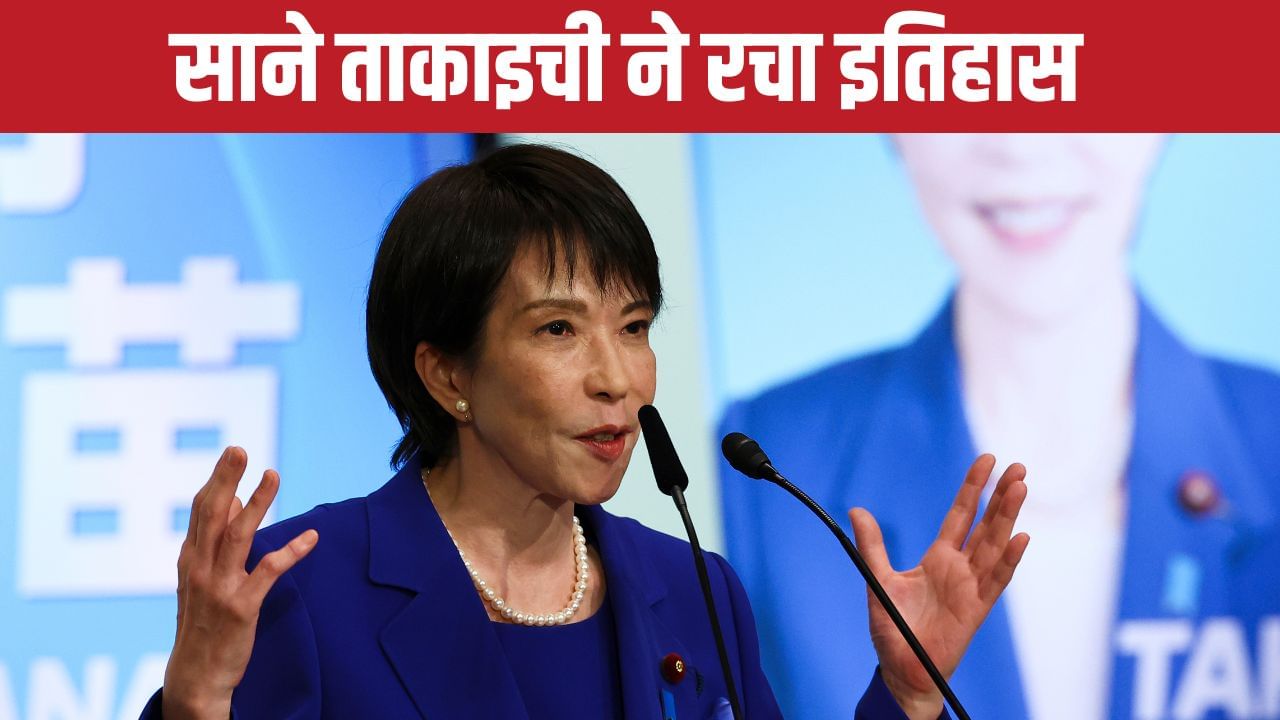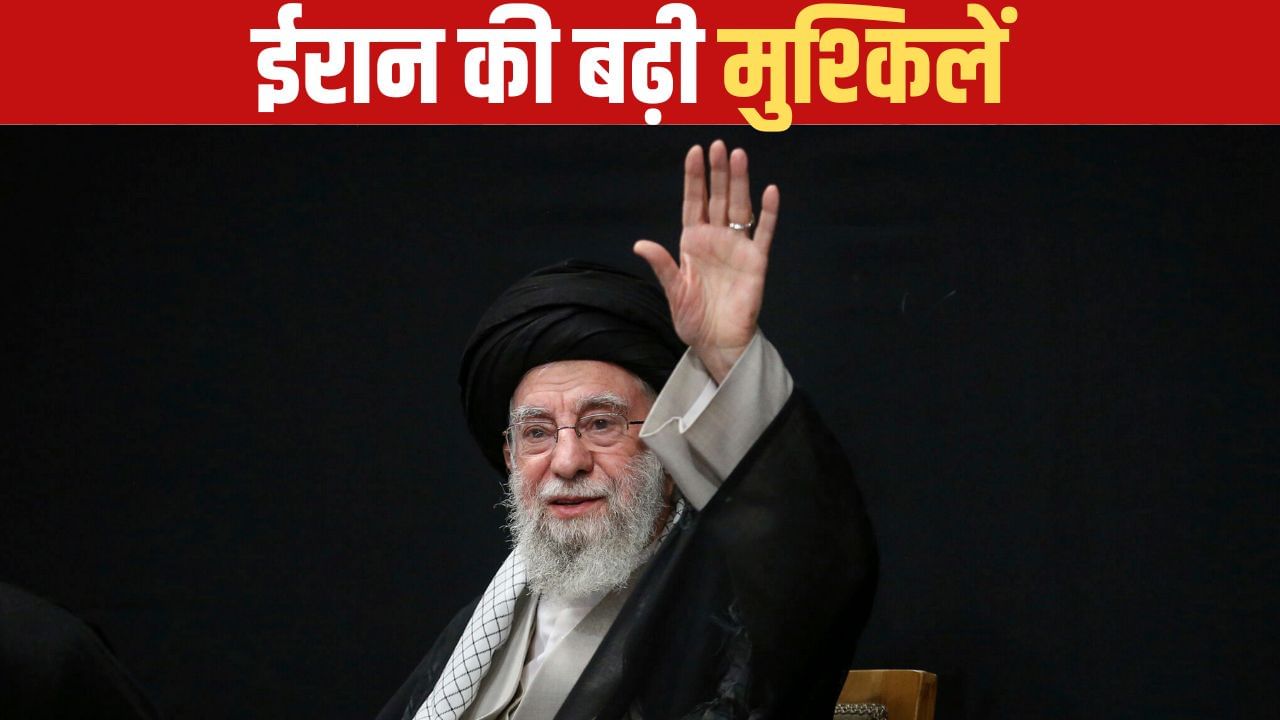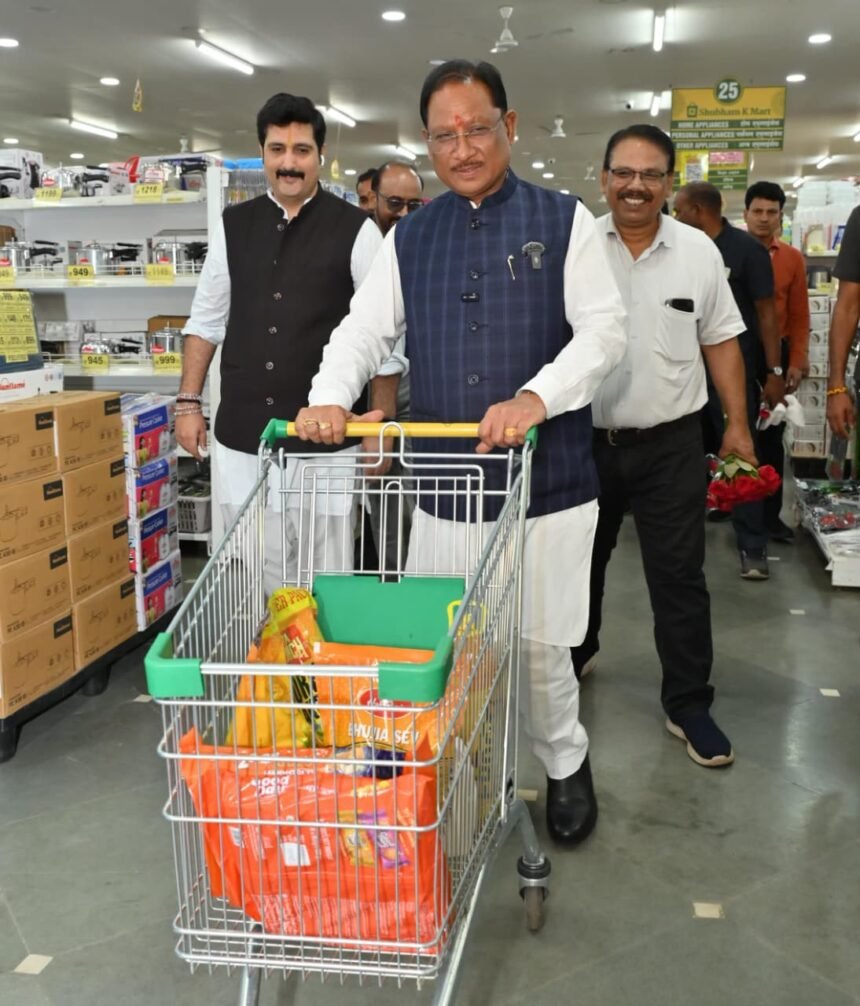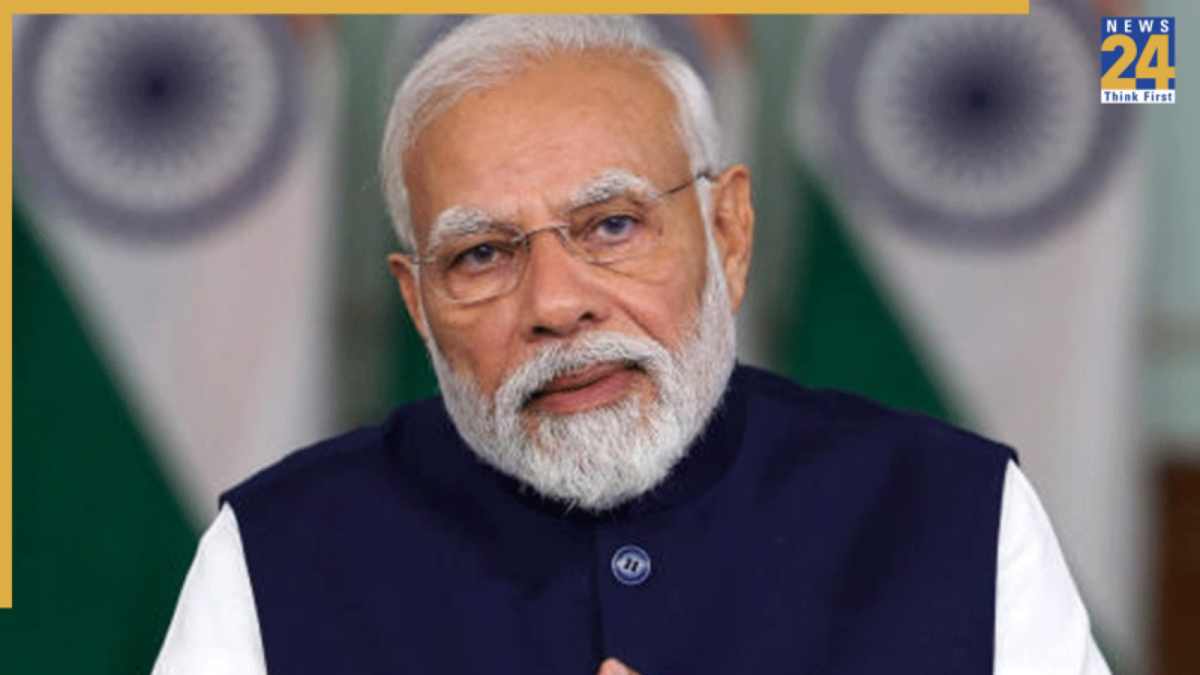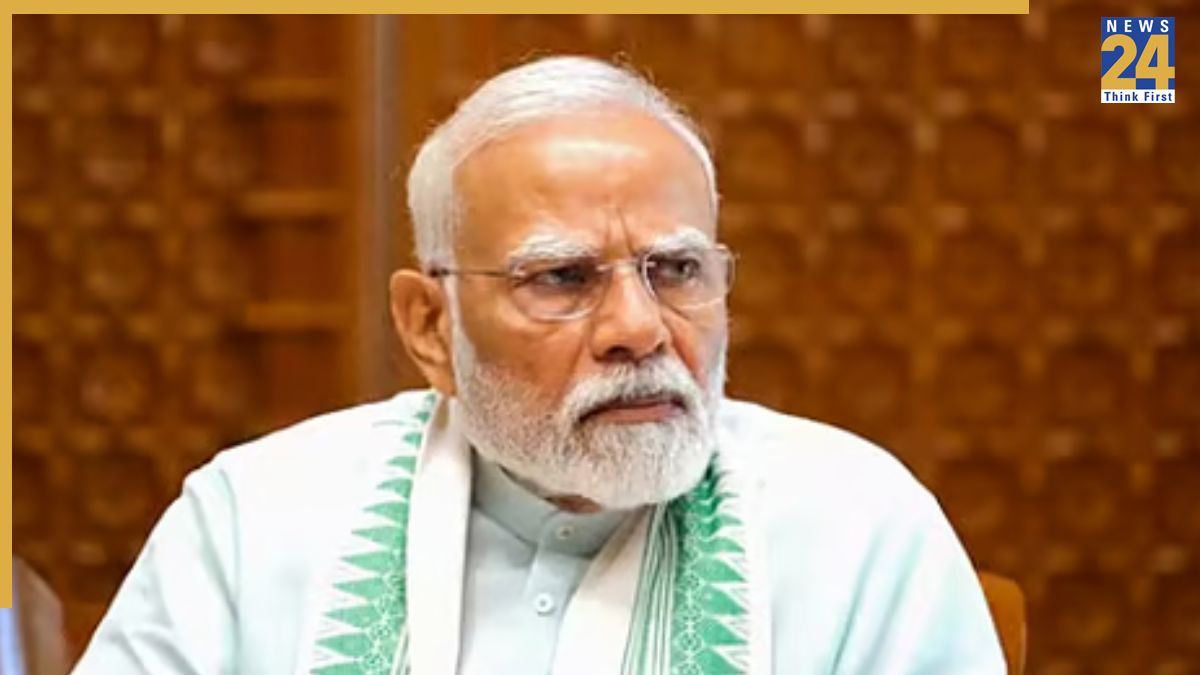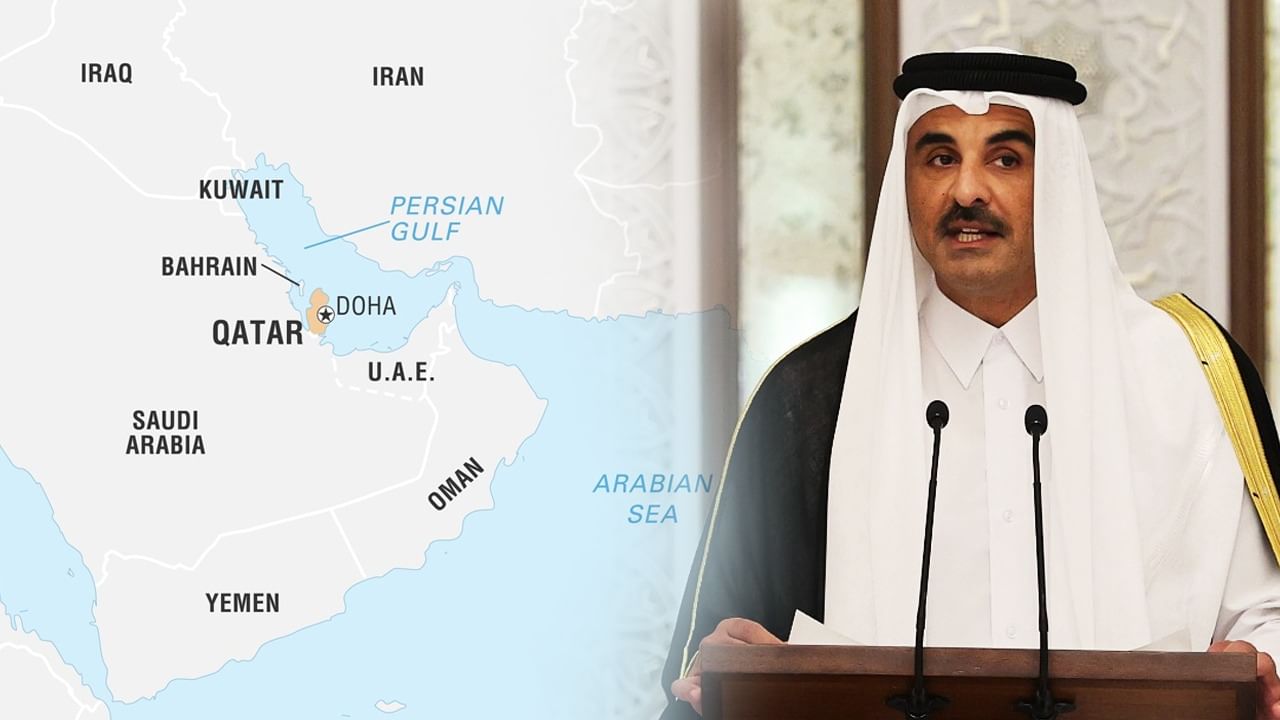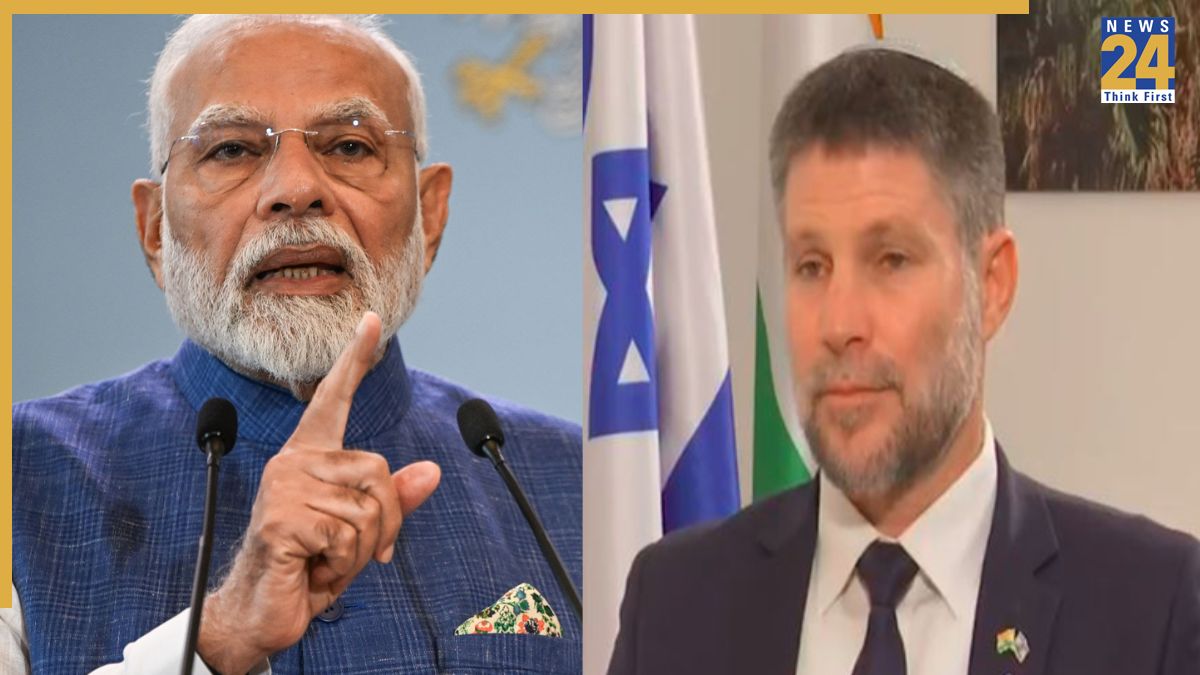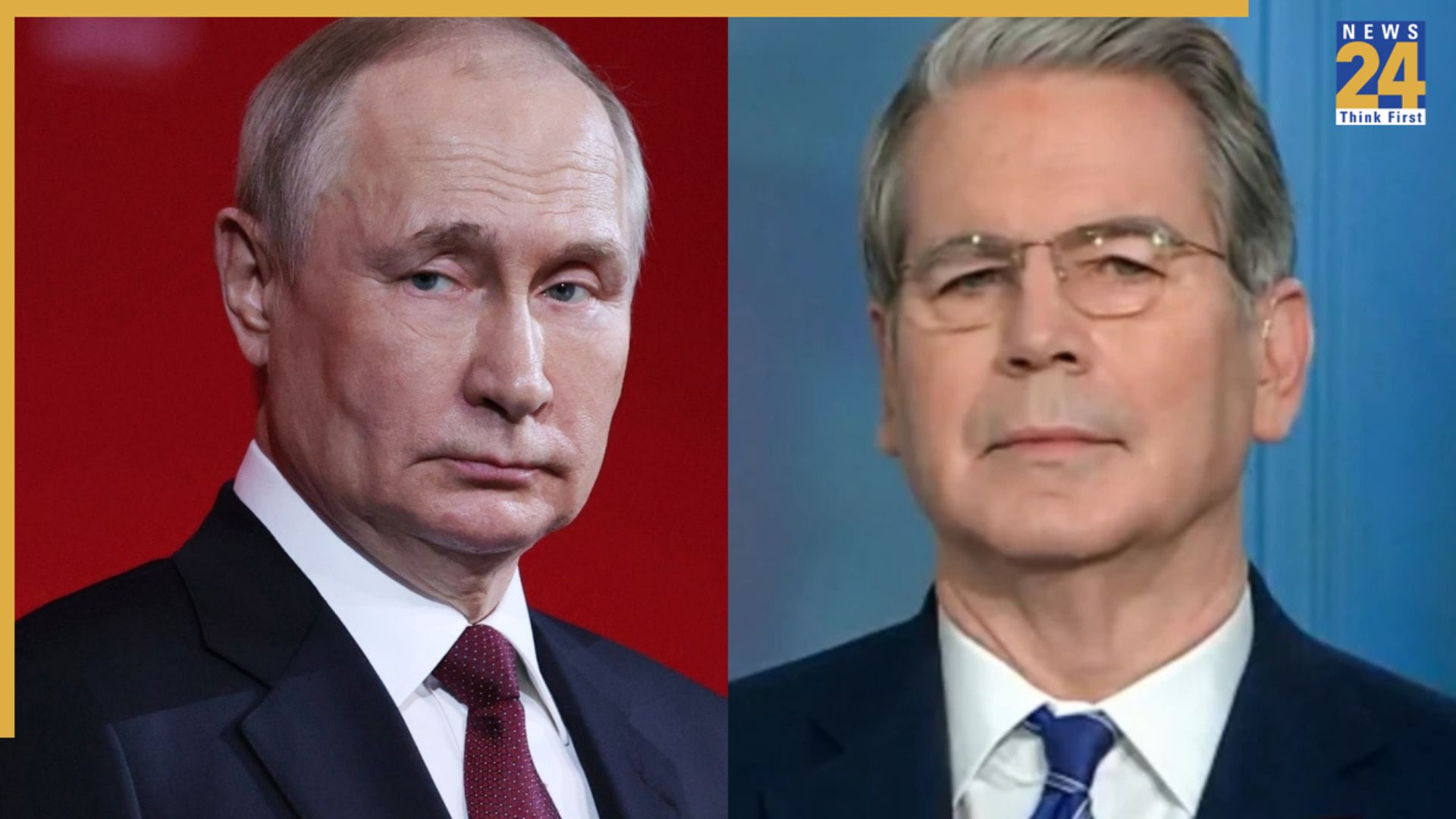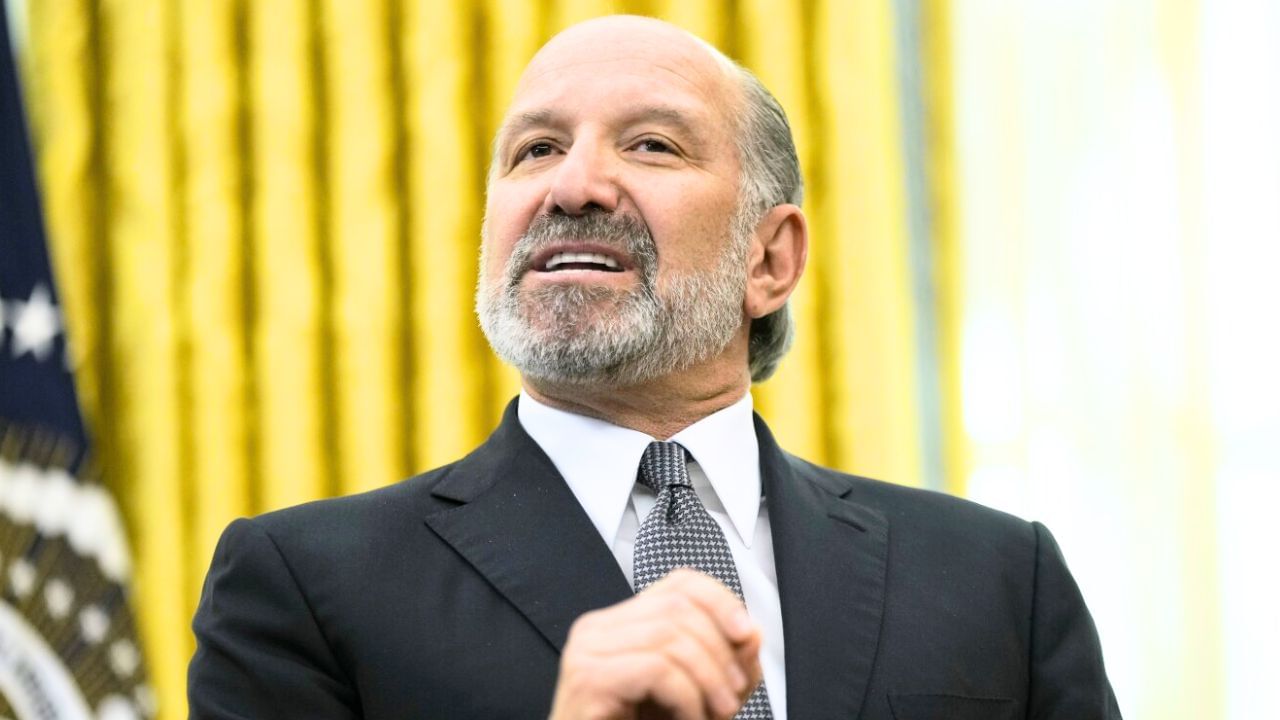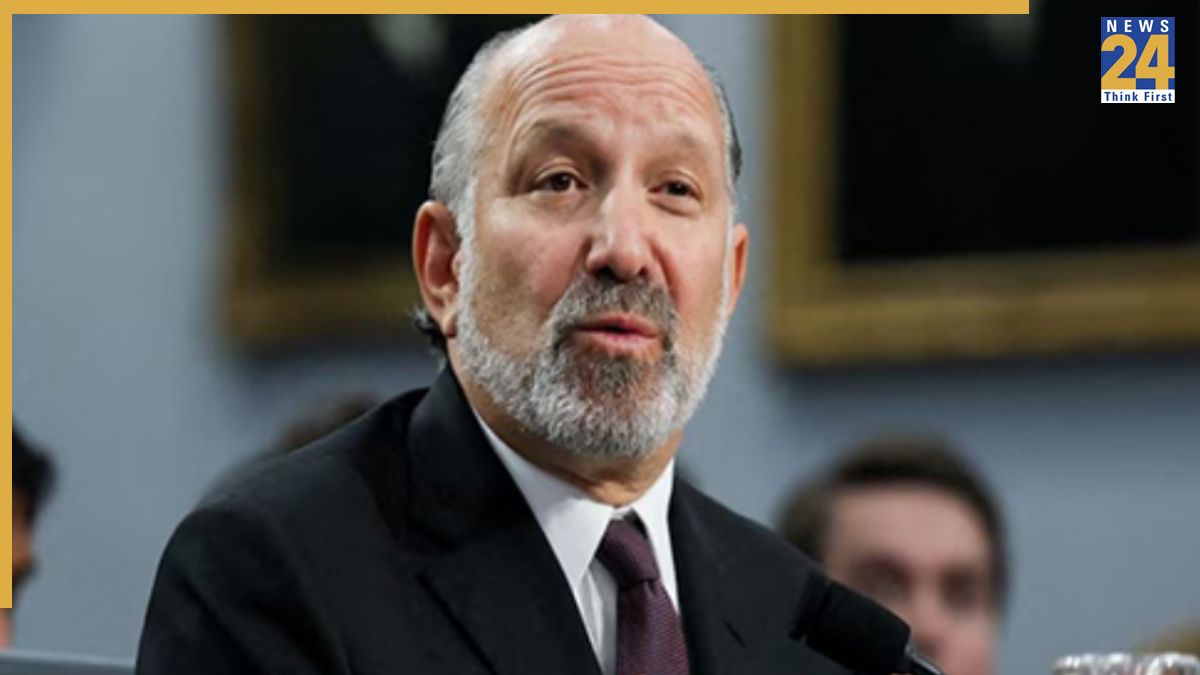Subscribe to Updates
Get the latest creative news from FooBar about art, design and business.
Browsing: Economy
Iran faces renewed challenges as the United Nations (UN) has reimposed sanctions related to its nuclear program. These sanctions include arms embargoes,…
Stay informed with the latest news and updates for September 26, 2025. This includes real-time news highlights from around the world, covering…
In Raipur, at the Shubham “K Mart,” shoppers were pleasantly surprised when the Chief Minister of the state visited to personally experience…
India strongly criticized Pakistan at the United Nations Human Rights Council (UNHRC) for making provocative statements against India. Indian diplomat Kshitij Tyagi…
The festival of Navratri, dedicated to the worship of Maa Shakti, begins today. New GST rates have come into effect across the…
The Bharatiya Janata Party (BJP) has announced a ‘GST Savings Festival’ to be held across India from September 22nd to September 29th.…
Prime Minister Narendra Modi is currently in Assam for the second day of his three-day tour. Following his visit to Manipur, where…
Prospective buyers of the Mahindra XUV700 might find the timing opportune, especially with Diwali approaching. The automaker has implemented substantial price reductions…
Prime Minister Narendra Modi is scheduled to visit Mizoram, Manipur, Assam, West Bengal, and Bihar from September 13th to 15th, overseeing the…
Qatar, with a land area comparable to the Indian state of Tripura, is a wealthy and influential nation. Despite its relatively small…
Israel’s Finance Minister Bezalel Smotrich expressed strong approval of India’s economic performance, describing it as “fascinating.” In an interview, he lauded the…
US Treasury Secretary Scott Bessant has urged the Trump administration and European countries to escalate economic pressure on Russia. He believes that…
Stay updated with the latest breaking news and real-time updates from around the globe. This platform provides up-to-the-minute information on a variety…
A controversial statement from the United States has created a stir amidst a tariff war with India. US Secretary of Commerce Howard…
US Commerce Secretary Howard Lutnick anticipates India will express contrition and pursue a trade agreement with the United States. Lutnick believes India…
US Commerce Secretary Howard Lutnick expressed his belief that India will eventually apologize and pursue a trade agreement with the United States.…


